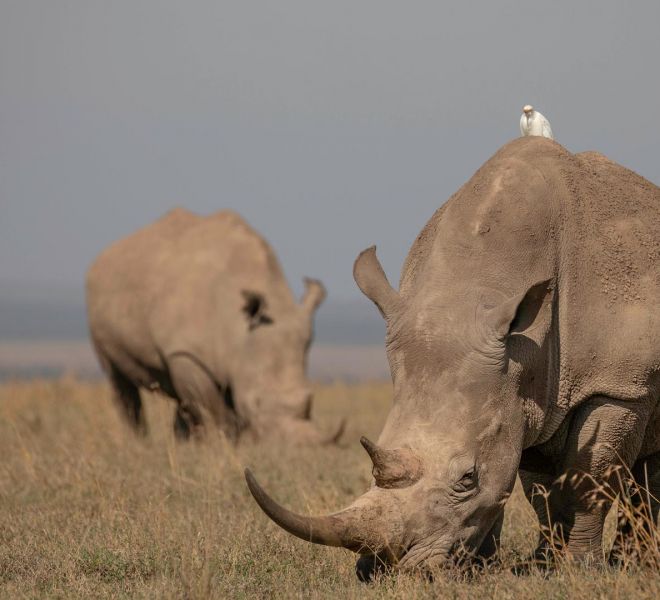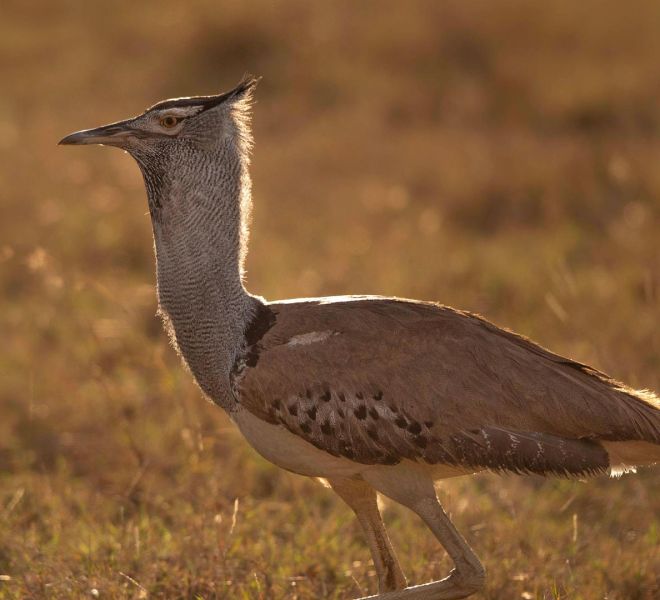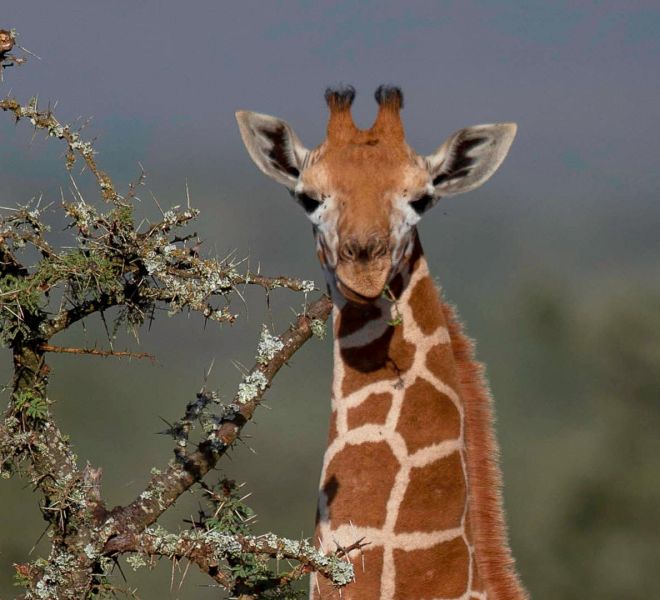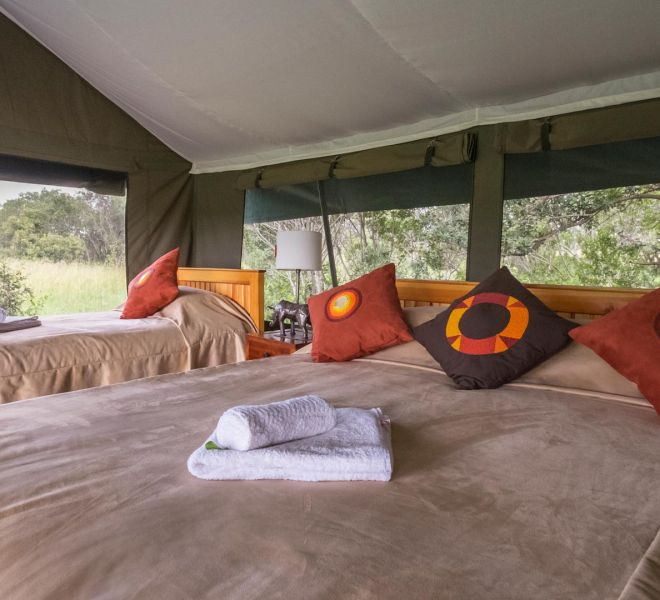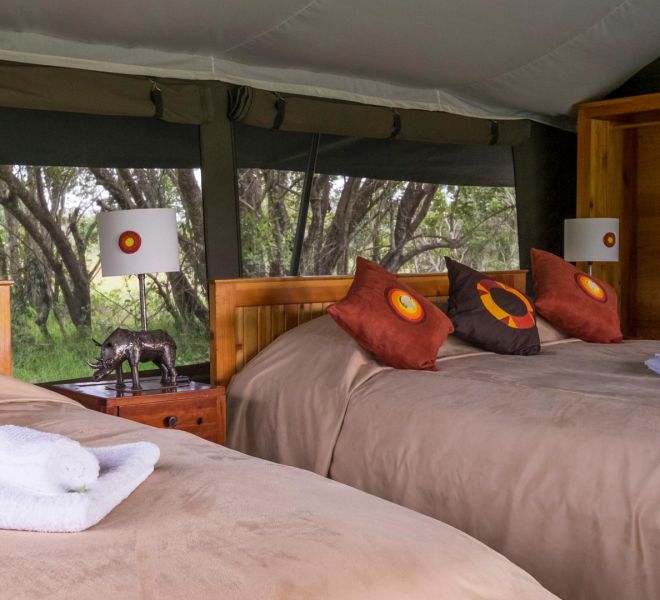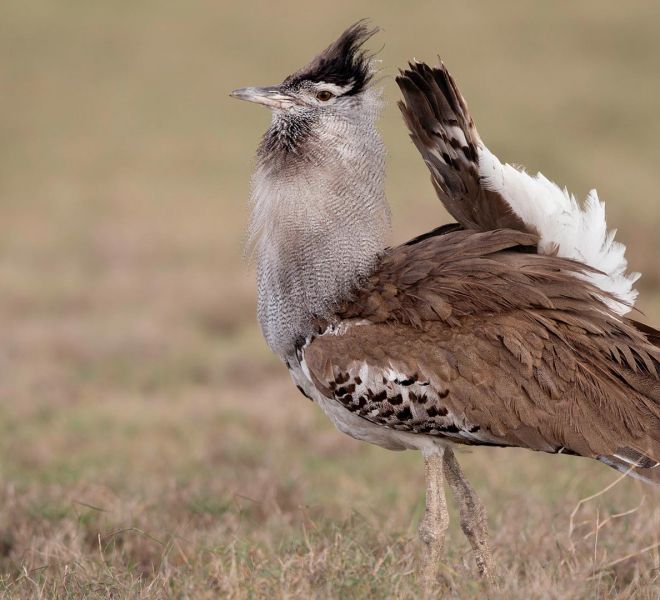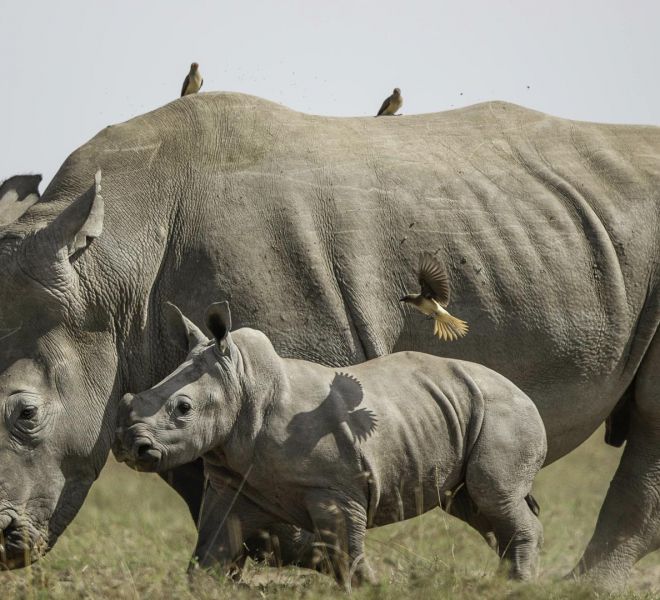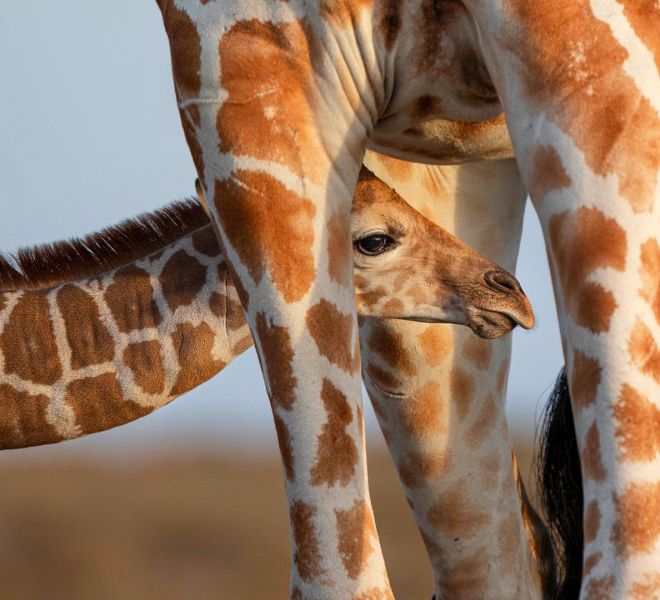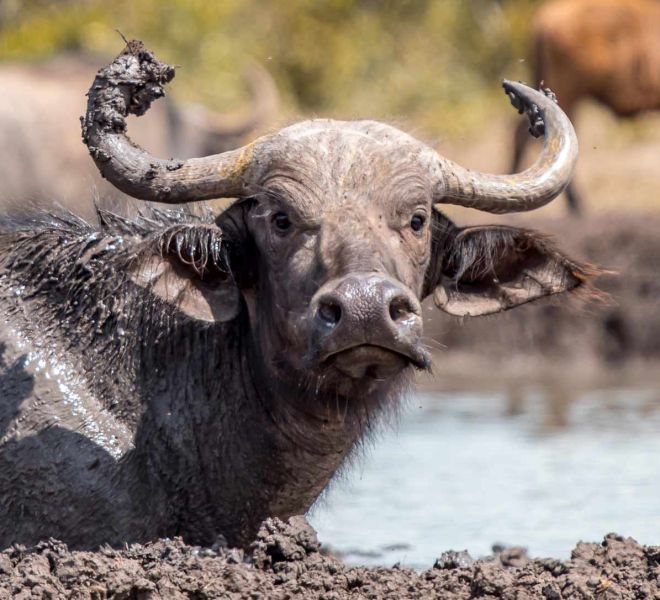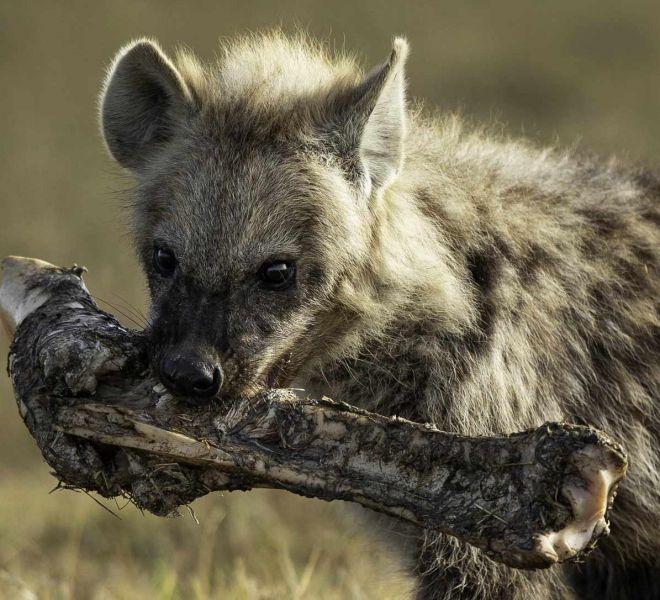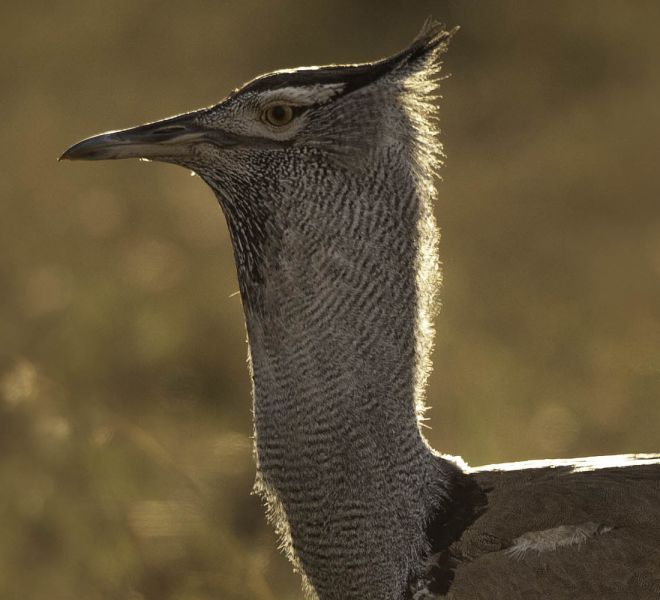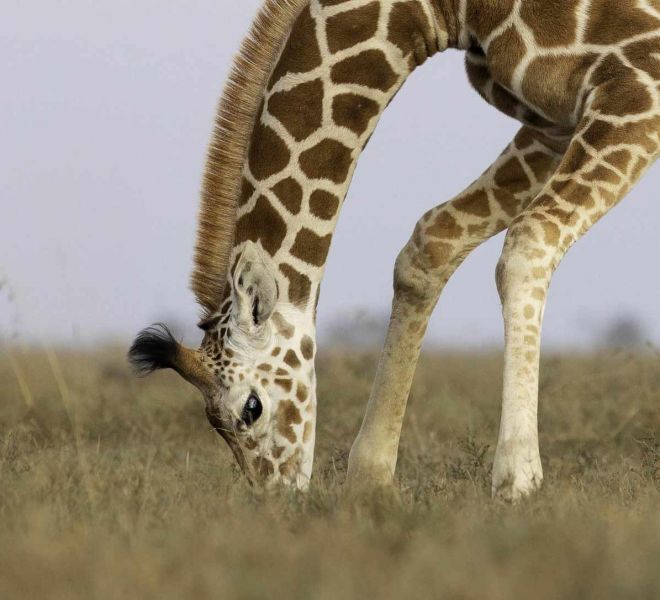Porini Locations
Ol Pejeta Conservancy
Camps & Itineraries
| Porini camps in the Laikipia ecosystem | Porini Rhino Camp |
| Porini safari itineraries including the Laikipia/ Ol Pejeta ecosystem | Porini Maasai Safari Porini Equator Safari 6 Night Porini Camps Safari Porini Wilderness Experience Porini Birds & Big Game Safari African Splendours Safari |
The Laikipia ecosystem
Tops the game-to-area ratio in the Kenyan park & reserve league
Nestled in the shadow of Mount Kenya, Laikipia is home to the “Big Five” mammals – elephant, lion, leopard, water buffalo, and rhino – and to the planet’s largest population of endangered species such as Grevy’s Zebra and the Reticulated Giraffe.
Laikipia boasts 500 species of the medicinal plant, aloe, and several hundred native bee species.
This area is known for its traditional ranches and rolling farmland and comprises a highly diverse landscape of grassland, bushland, woodland, dry forest, moist forest, riverine forest and wetland.
Ol Pejeta Conservancy
Ol Pejeta Conservancy is a 364sq km wildlife conservancy situated between the foothills of Mount Kenya and the Aberdares and its game-to-area ratio tops the Kenyan park and reserve league.
Since being established in 1988 Ol Pejeta has had a colourful list of previous owners including Lord Delamere, an early and influential settler from Britain, shipping tycoon Aristotle Onassis’ father Roussel and the arms dealer Adnan Khashoggi. It was set up originally as a cattle ranch but herds of migrating elephant regularly destroyed the fenced enclosures making intensive cattle farming impracticable. Cattle still plays a role in Ol Pejeta today but as a managed livestock within the conservancy and is used to maximise the bio-diversity of the land making Ol Pejeta an integrated wildlife and livestock area.
Read MoreBiodiversity
Laikipia Ecosystem
Ol Pejeta Conservancy has over 10000 large mammals and it is the only park where the big 5 and chimpanzees can be seen. There are southern white rhinos, about 150 endangered black rhinos, and in a special sanctuary there are two of the world’s last remaining northern white rhinos. The black rhino population in Ol Pejeta is not only the fastest growing but also the largest in the world.
Ol Pejeta is home to a number of endangered species including the African Wild Dog, Grevy’s Zebra, and the Jackson’s Hartebeest.
African wild dogs are listed as endangered by IUCN, with the wild population considered to be around 6,600. They are facing drastic habitat loss as human settlements expand, as well as persecution from livestock owners trying to protect their stock. Wild dogs are also vulnerable to many of the diseases that affect domestic dogs, and these can have devastating consequences on entire packs.
Unlike the plains zebra, who range across most of sub-Saharan Africa, the Grevy’s zebra is found only in Ethiopia, Kenya, and historically Somalia too. The Laikipia-Samburu ecosystem remains a vital area in the conservation of this species. In the early 1990s, Ol Pejeta introduced 13 Grevy’s zebras and later, a further ten immigrated from neighboring ranches, and inhabited the western sector of the Conservancy.
Jackson’s hartebeest has small and mostly declining populations. The global population of Jackson’s hartebeest is unknown but in Laikipia, their numbers are estimated to be between 700-1000 individuals. Ol Pejeta hosts an estimated 180 – 27% of the area’s population.


